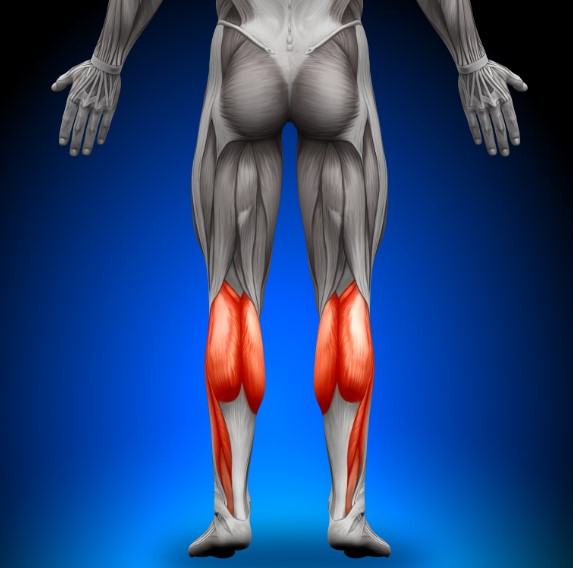Dealing with pain of any type can gravely impact your mood, quality of life, relationships, and overall health. But unfortunately, for upward of 65 million Americans, chronic pain originating from the lower back is a common and often debilitating complaint.
To better understand why this is, let’s have a look at this section of the spine:

The lumbar spine runs from the L-1 vertebrae down to the sacroiliac joint. This section of your spine serves as not only the connecting point for the trunk of your body to the hip, but it also supports most of your body weight and is the center for your balance.
So, it stands to reason that such a highly active part of your body could become susceptible to damage, injury, or chronic inflammation.
However, you can do some simple things to protect the health of your spine while minimizing the most common non-injury causes of lower back pain.
#1. Be mindful of your posture! Poor postural habits are at the top of the list because they are at the root of many muscular and structural orthopedic issues (especially for older adults). This one is among the most crucial to address and can be done with some simple behavioral modifications.

#2. Adjust your sleeping habits. Sleeping on your back with a pillow beneath your knees is ideal as it places your spine in a more neutral position. If this will not work for you because you are a side-sleeper, try placing a pillow between your knees and sleeping with them in a slightly tucked position. AND, if at all possible, try to avoid sleeping on your stomach as this places tremendous stress on the lower back.


#3. Keep your muscles strong and flexible! I cannot emphasize this enough, during the retirement stage of life, regular exercise is a tool, not a task. The stronger you keep your core muscles, the better their support to the lumbar spine. Also, by keeping the larger muscles of the lower body (especially hamstrings & hip flexors) flexible, the stress placed on the lower back is significantly reduced, resulting in better function and less wear.

#4. Avoid prolonged bouts of sitting. Contrary to many beliefs, the divine design of the human body is centered around movement, regardless of the stage of life. Sitting places irregular loading forces in the lower back which cause muscle tension and vertebrae alignment distortions. Because of this, it is important to avoid sitting in one place longer than 30-minutes at a time without taking a get-up and move break.

#5 Become more nutritionally aware. YES, what you eat and how much you eat can directly impact lower back pain. For example, foods high in sugar or that are highly processed can dramatically increase inflammation within your body, amplifying pain. Also, it is essential to maintain a healthy body weight. Excess weight places tremendous stress on the lower back, inhibits mobility, and reduces tendencies for healthy activity.

#6 Choose proper footwear. Your feet are the origin of your kinetic chain, so impacts on their alignment or function (such as improper shoes) will translate into stress in the lower back. Please see The Happy Hooves Article for a wealth of information regarding caring for your feet and choosing shoes with appropriate support. Avoiding excessively elevated heels or shoes with spongy insoles is a great place to start.

Ultimately, it stands to reason that when you hurt less you are inclined to move more. It is this movement that provides for the adventures, experiences, and quality of life that you have worked so hard to earn and enjoy.
To make the most of your retirement experience, you must be mindful to care for your body accordingly!
Joe Carson B.S. NASM-CPT/FAS/CN
Master Trainer/Functional Aging Specialist/Certified Nutritionist
Twenty-First Century Aging





